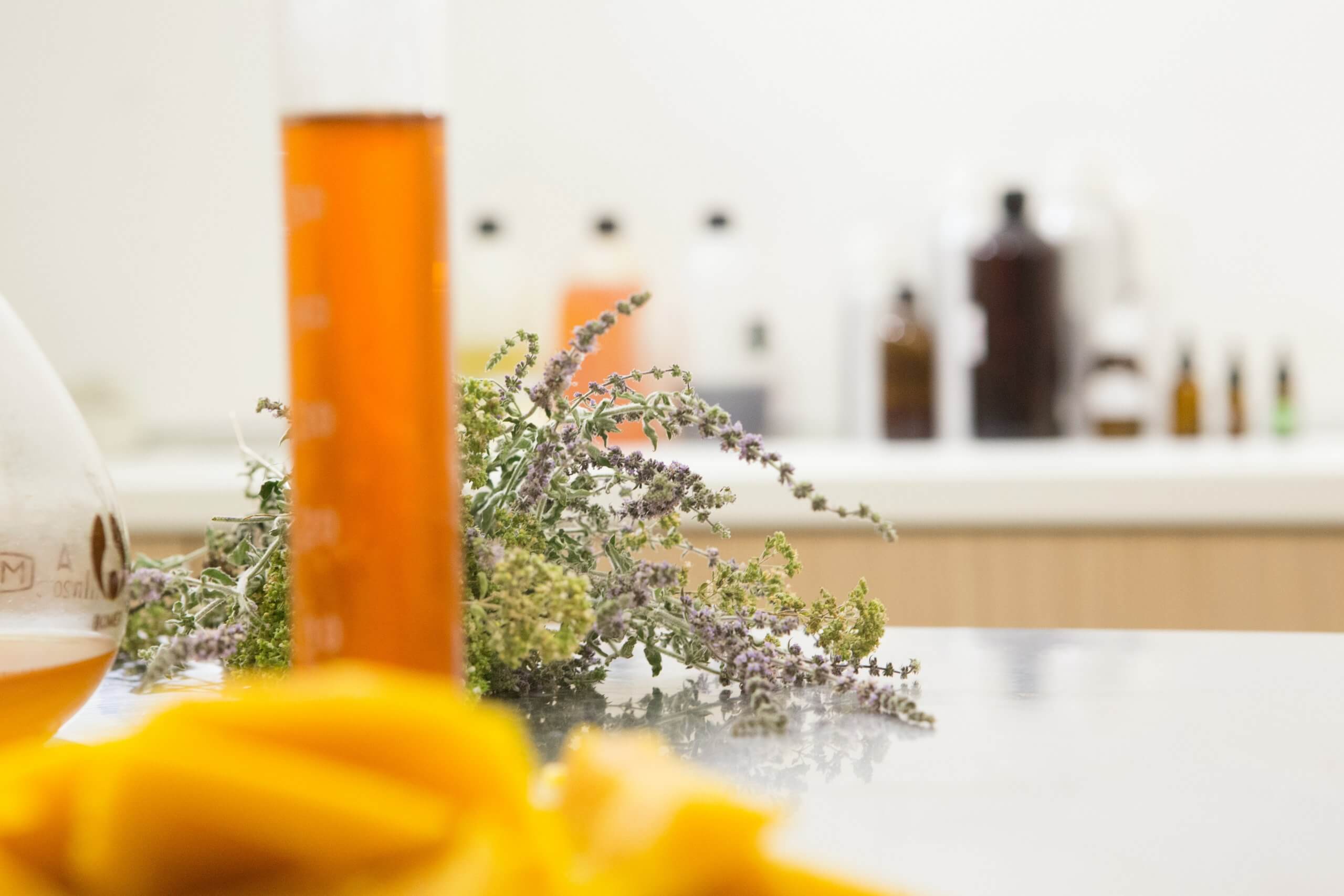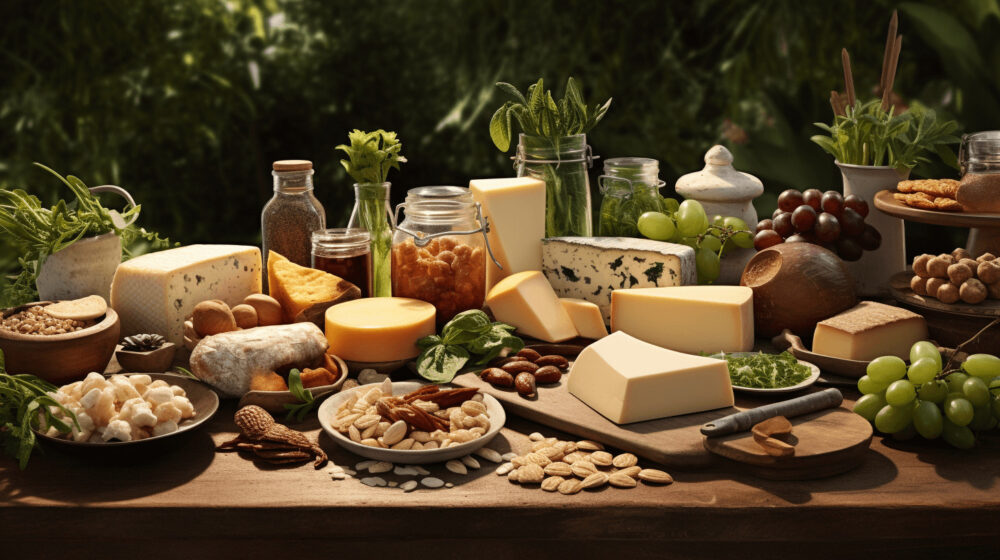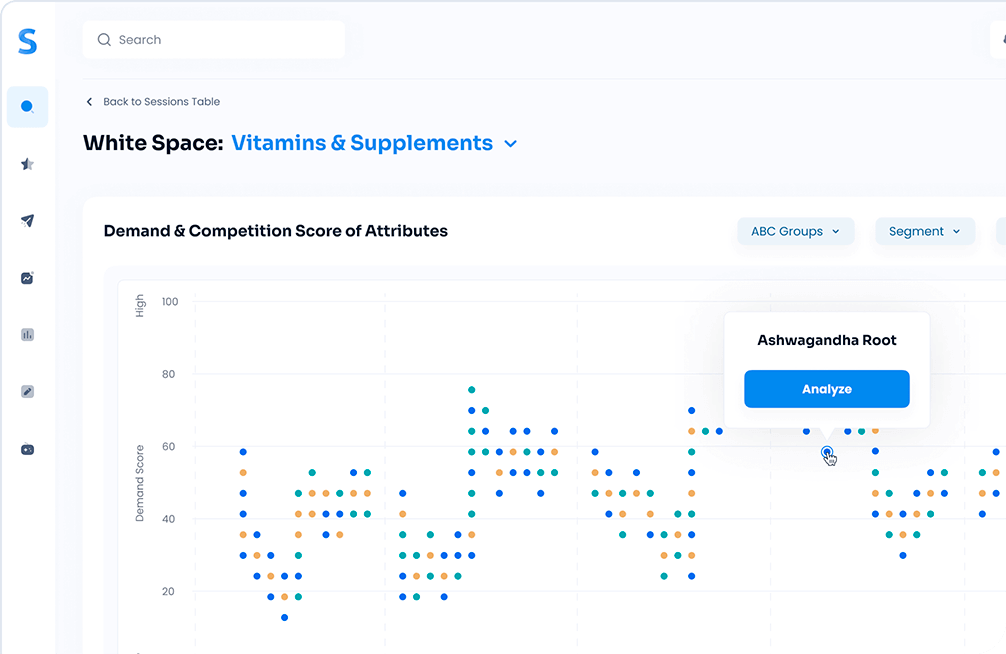Ingredients matter. Consumers are paying extremely close attention to the ingredients found in their luxury cleanser products more than ever before. We’ve addressed a shift in consumer buying power in our Luxury Cosmetics White Paper but haven’t yet done a deep dive into which ingredients will succeed or struggle in 2022. So, after our team here at Simporter used our White Space AI tool to analyze 297 luxury cleanser ingredients to forecast what will be trending in 2022, we took a closer look at which ingredients are going to experience difficulty holding market share next year.
Honey
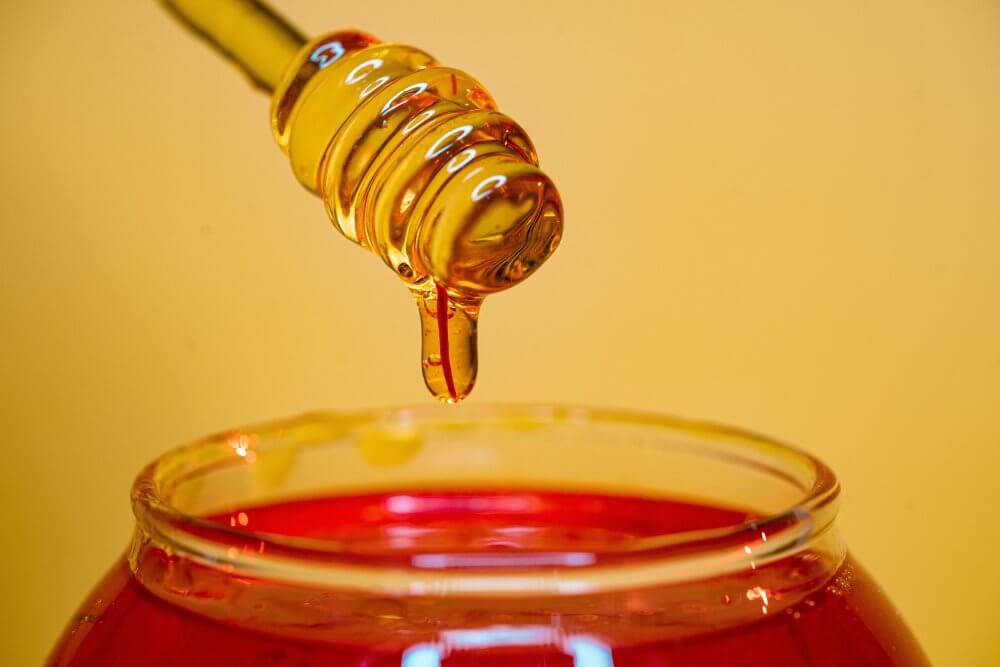
Honey (0.34 percent share of voice) takes the top spot on our list of 10, with an expected negative growth rate of 134.50 percent in 2022. While Honey was a hot-topic ingredient in products like this one from Lancôme last year, we anticipate that it won’t be nearly as popular with consumers next year while. Other ingredients such as shea butter and essential oils will become a higher priority instead — check out our blog on predicted luxury cleanser winning ingredients here.
Cucumber
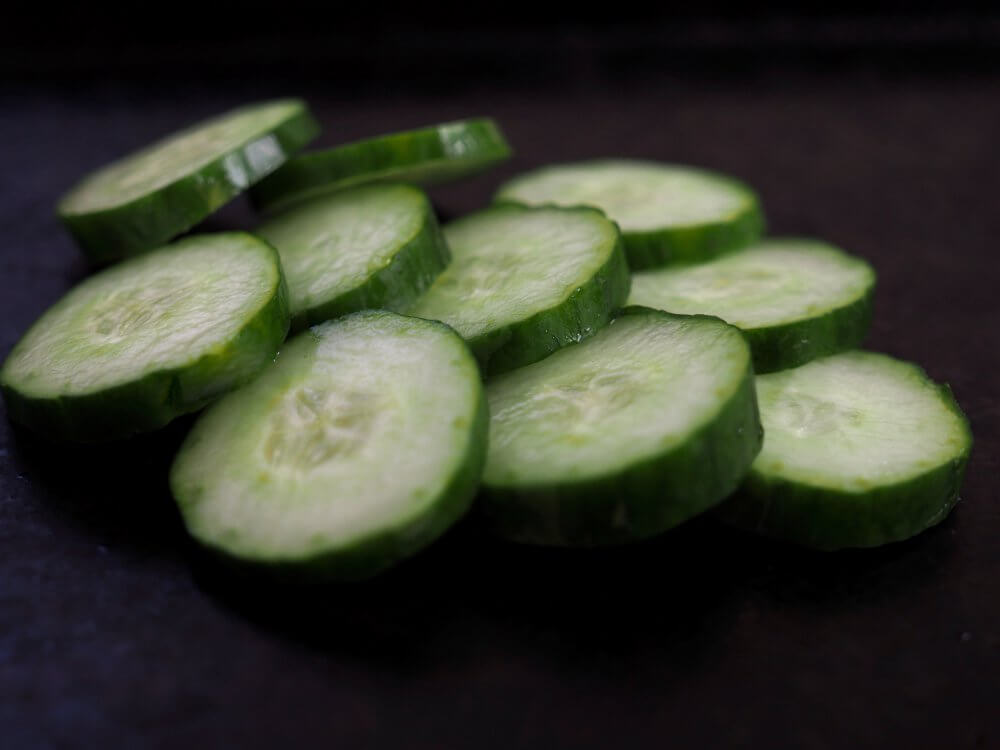
Despite its fresh and natural scent, Cucumber is expected to see a dip in its already small 0.38 percent share of voice. Next year, our analytics suggest a negative growth rate of 122.83 percent for Cucumber-centric products. Kiehls and other luxury brands are offering products like this one but may need to adjust their game plan heading into 2022.
Coconut Oil
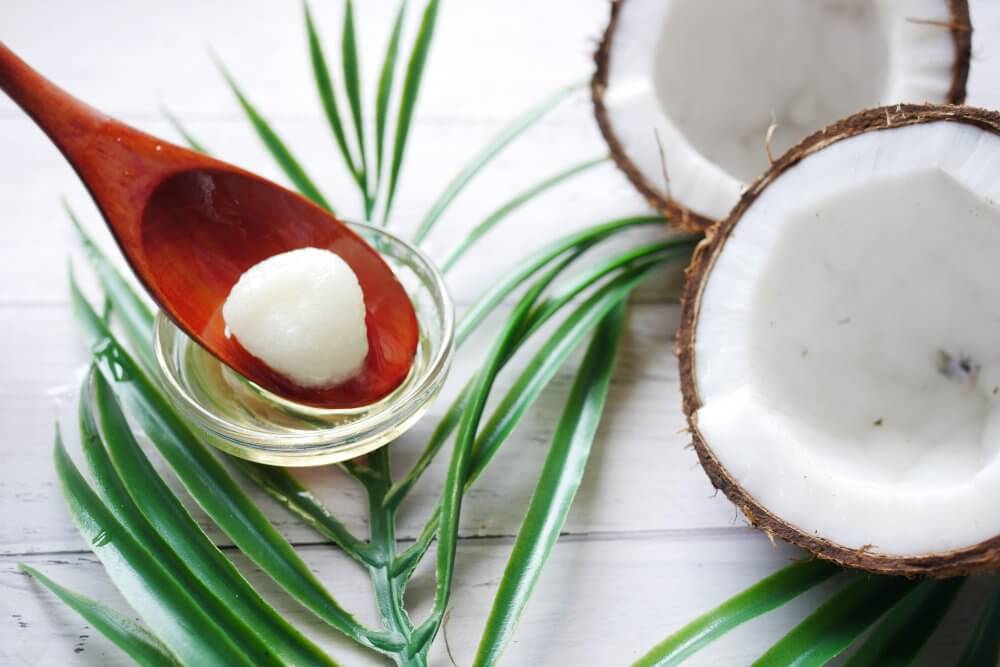
This one came as a bit of a surprise to us, as generic ingredients like Coconut Oil seem always to be mentioned across various luxury cosmetic categories. Coconut Oil is third on our list, with an expected negative growth rate of 114.50 percent eating into an already slim 0.26 percent share of voice. It will struggle to compete with essential oils, which provide a more comprehensive range of fragrance options for consumers to choose from.
Strawberry
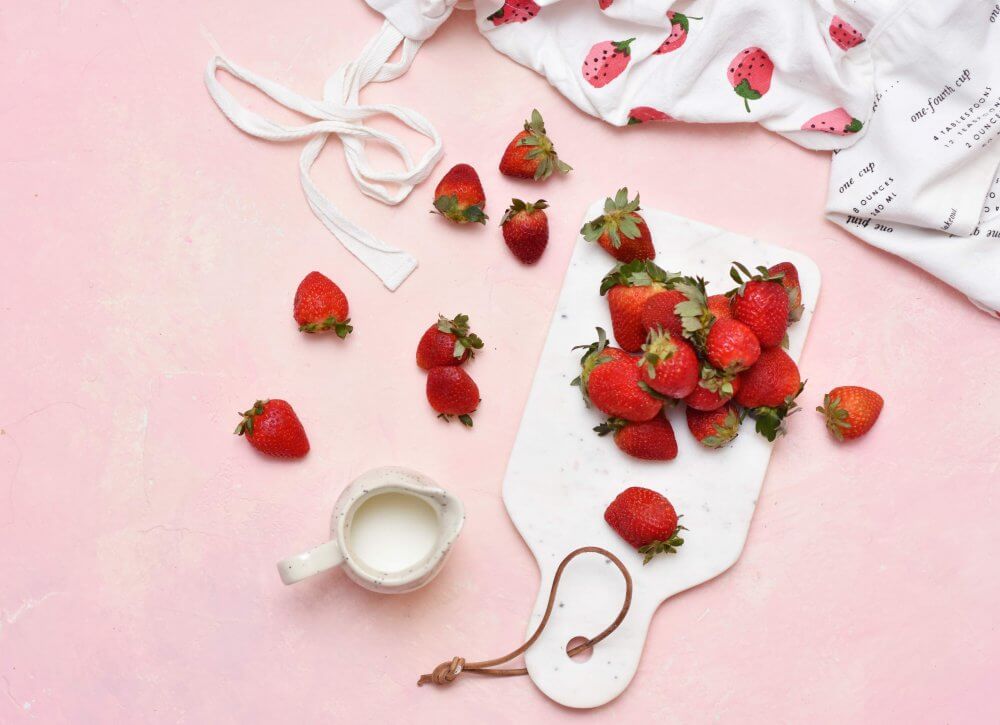
Another ingredient that our AI predicts has a meager opportunity for growth next year is Strawberry. Strawberry holds a 0.26 percent share of voice, the same as coconut oil, and is expected to experience negative 104.97 percent growth next year. Companies may need to adjust their positioning for strawberry products like this Sugar Strawberry Exfoliating Face Wash from fresh.
Rice
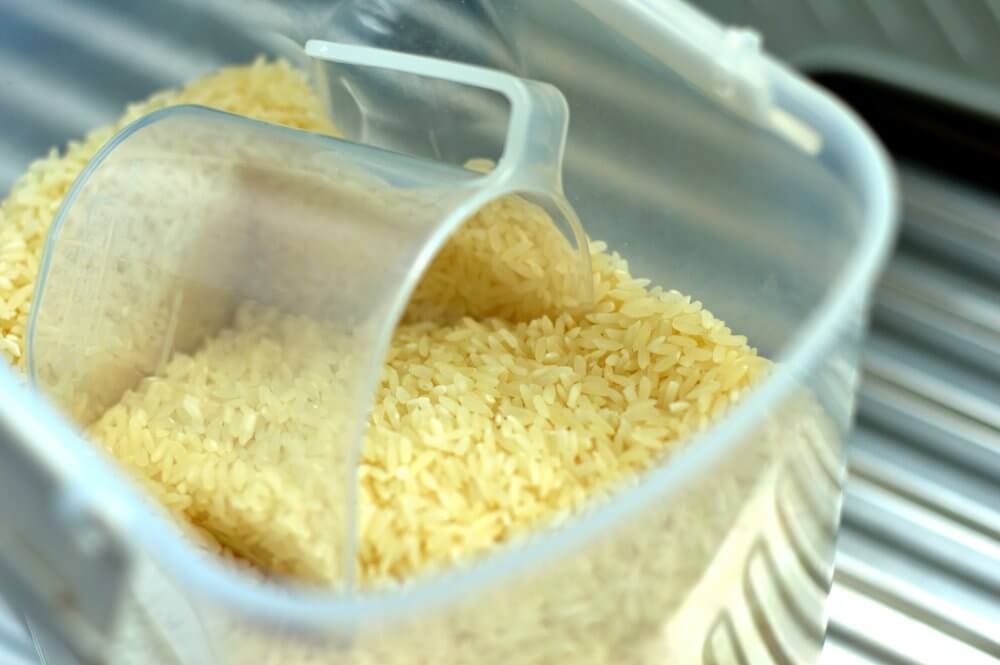
Rice is the ingredient on this list that possesses the largest share of voice by a significant margin. It holds a 14.18 percent share of voice, almost 13 percent higher than any other ingredient found on this list, so an 11.95 percent negative growth rate will make a big dent in its popularity.
Rosehip Seed Oil
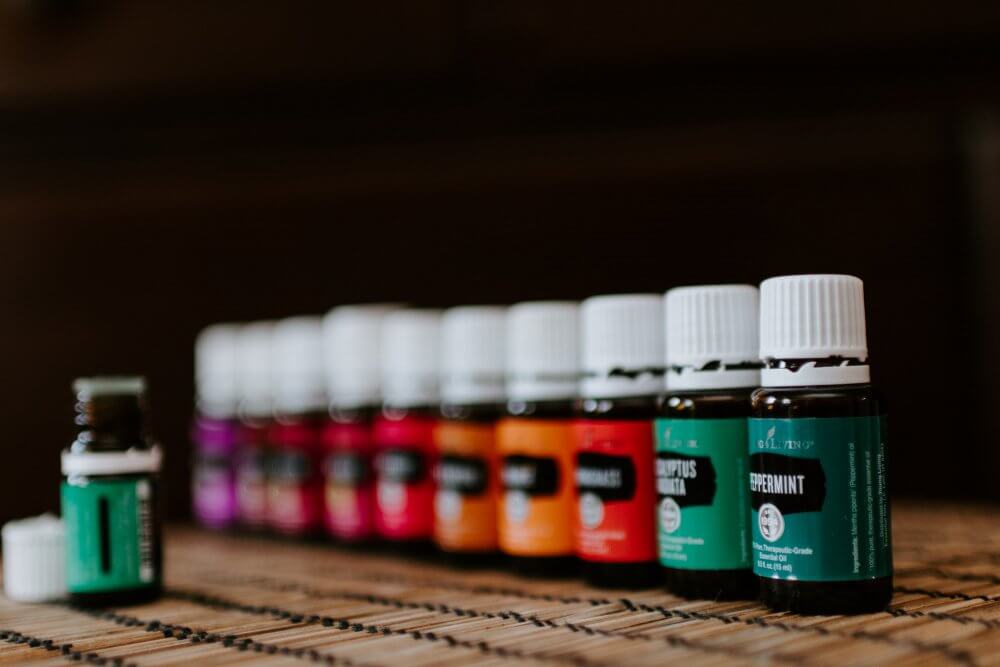
Despite our prediction that intensive moisture will be a primary need state for luxury cleanser consumers, Rosehip Seed Oil products are expected to see a negative 97.83 percent growth rate in 2022, eating into an already minimal share of voice of 0.20 percent. Rosehip Seed Oil is known for its moisturizing and anti-acne properties but isn’t necessarily the most suitable ingredient to be featured in luxury cleansers moving forward.
Bamboo

Bamboo is expected to see a negative growth rate of 81.16 percent against its existing 0.21 percent share of voice. Products like this bamboo charcoal cleansing soap will not be as competitive in the marketplace as in 2021, so brands can look towards other exfoliants and natural ingredients instead.
Silicone
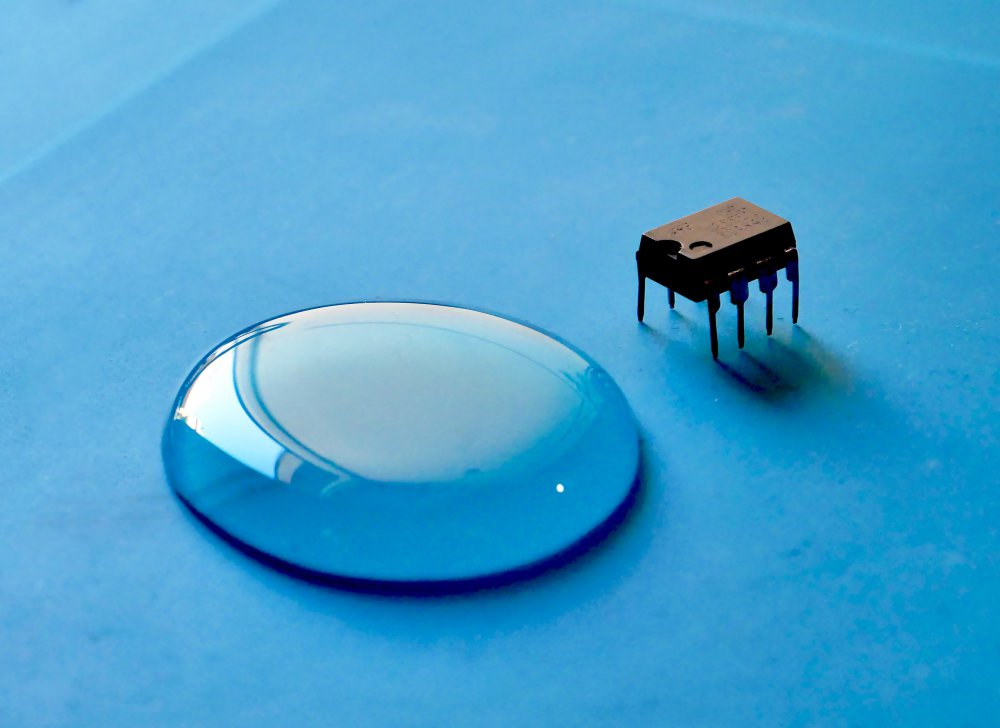
Silicone, which holds a 0.90 percent share of voice, is going to struggle in 2022, but not as bad as some of the other ingredients we’ve covered already. Our AI predicts a negative growth rate of 20.56 percent next year, impacting how many brands feature it in their product lineups.
Green Tea
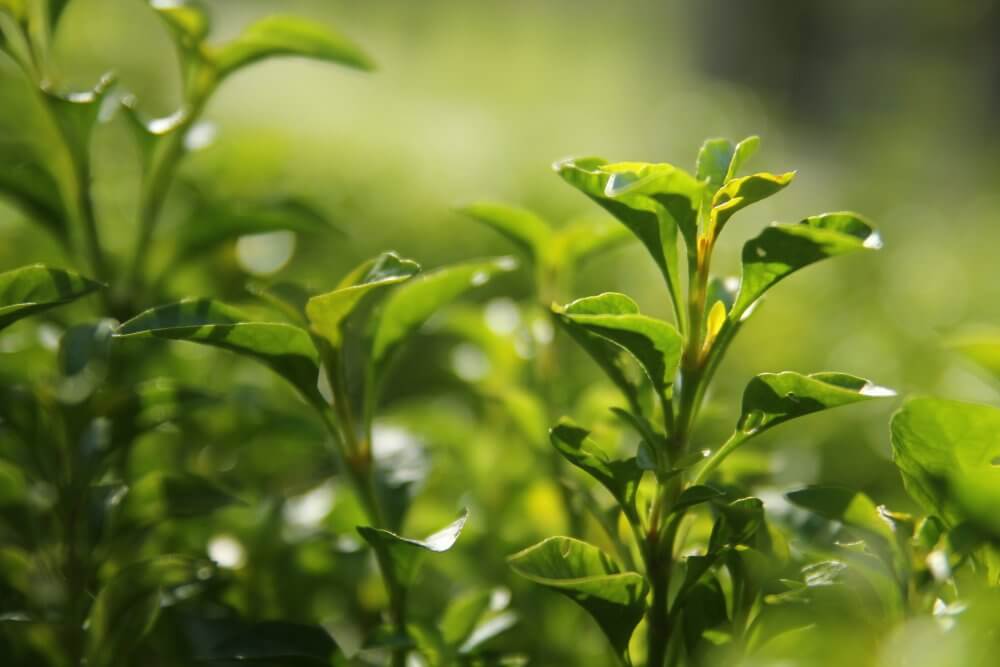
We expect that Green Tea, which has a 0.96 percent share of voice, will experience negative 19.26 percent growth in 2022. Green Tea Facial Scrubs like this one from Teami Blends won’t compete in the cleanser market if green tea remains the primary focus of their branding.
Retinol
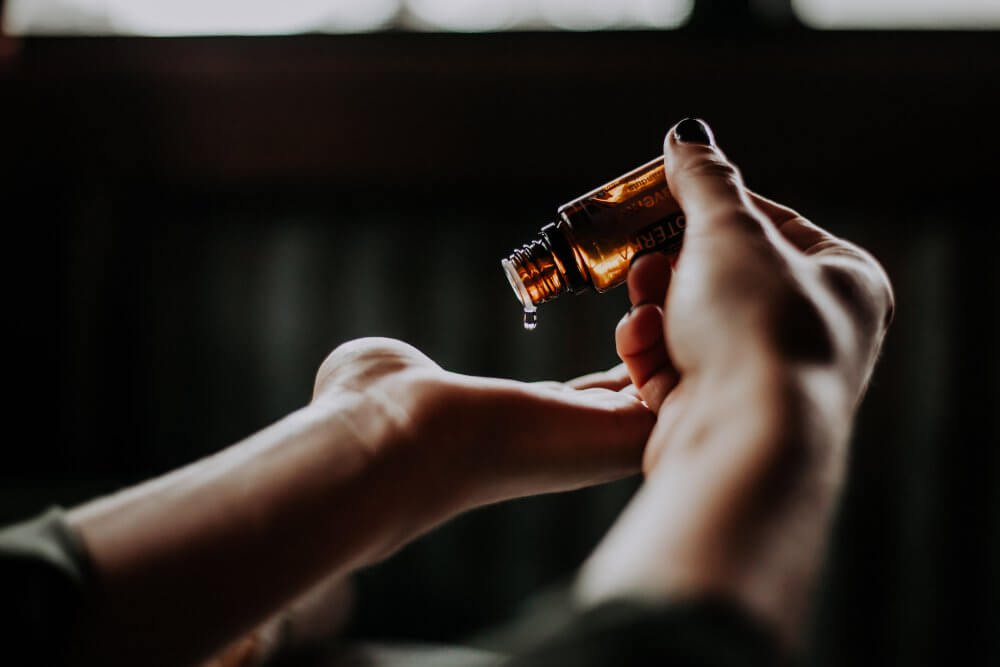
Last on our list is the ever-popular Retinol, which holds a relatively high 1.26 percent share of voice compared to the other ingredients on this list. Retinol products like this have been the focal point of endless commercials and marketing campaigns, so we still expect it to be a prominent ingredient regardless of the anticipated negative 14.50 percent growth rate.
Final Thoughts on Declining Ingredients
Consumers are interested in multi-purpose products that require minimal application and refills, so many of the ingredients on this list are too specific to satisfy those demands. Brands can get ahead of these changes by combining some of these ingredients with those we expect to become more prevalent in the next 12 months.
For more insights on luxury cosmetics trends, check out our recent webinar here. If you’re ready to see Simporter AI in action and learn what it can do for you, request a demo on our website.
